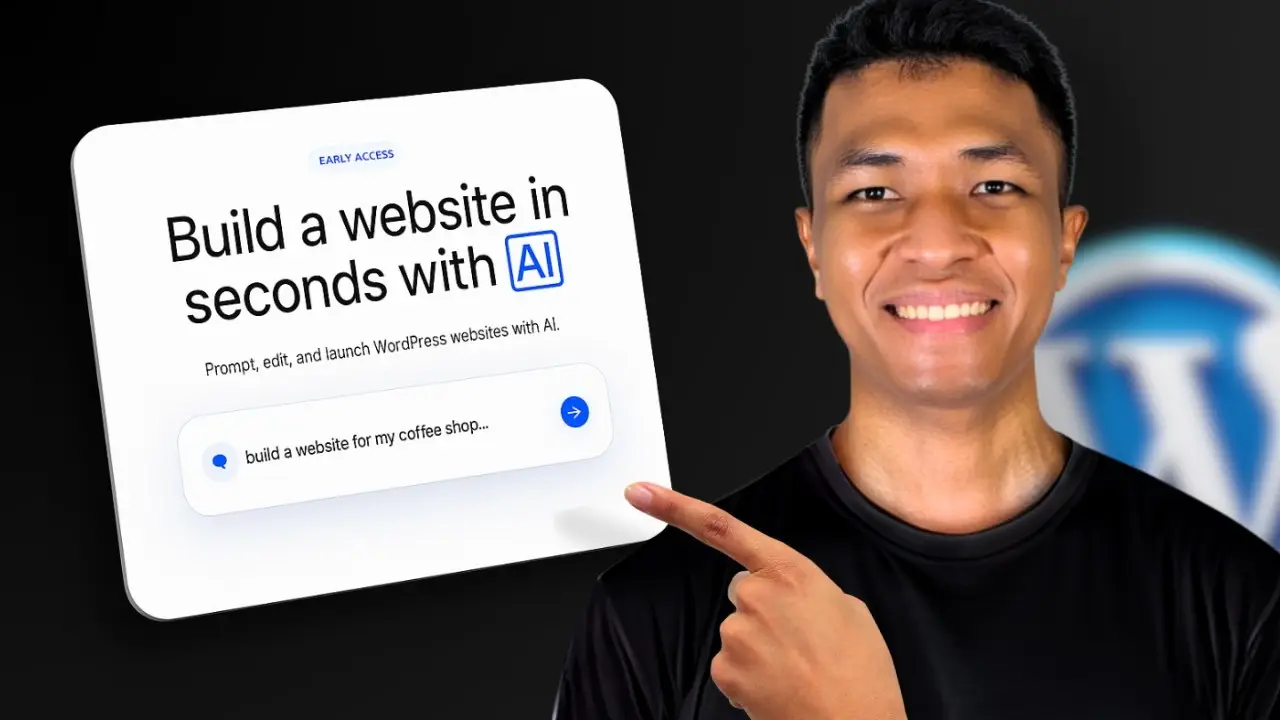Key Takeaways:
- Audio content embedded in blog posts outperforms images and videos in engagement.
- Articles between 2000–3000 words consistently rank higher on Google.
- Interactive elements like polls, quizzes, and calculators make your content more engaging.
When I first heard the latest findings from Orbit Media’s blogger survey, I was genuinely surprised. We’ve always been told that images and videos are essential to engaging blog posts. And that’s still true. But there’s a new player in town—or rather, an old one we’ve overlooked: audio content.
Audio embedded directly into blog posts is outperforming visuals in terms of engagement. Yep, you read that right—audio! At first, this seemed counterintuitive. Blogs are visual by nature, right? But when you think about it, audio makes a lot of sense. It caters to people who prefer listening over reading, or those with impaired vision who rely on audio. Plus, it’s a refreshing break from endless scrolling.
In this post, I’ll dive into exactly why audio content can boost your rankings, how long your blog posts should ideally be, what elements you need to include, and some awesome tools that’ll make your life easier.
Key Takeaways:
- Audio content embedded in blog articles outperforms images and videos.
- Long-form content (2,000–3,000 words) still ranks better on Google.
- Roundup articles and consistent daily publishing significantly boost performance.
Why Audio Content is Crushing It Right Now
At first glance, audio seems counterintuitive for blogs—aren’t they visual platforms? But think about it: audio creates intimacy. It humanizes your brand and makes your content accessible to a broader audience—including people with visual impairments or those who simply prefer listening over reading.
Podcasters have known this for years. Their audiences are loyal and engaged because audio feels personal. When someone listens to your voice (or an AI-generated voice), they feel connected to you in a way text alone can’t achieve.
Two tools I’m loving right now for embedding audio into articles:
- Audio Native by EleventLabs: An AI-powered tool that automatically generates realistic text-to-speech audio for every page on your site.
- NotebookLM by Google: Converts your written articles into incredibly realistic podcast-style audio sessions. Seriously impressive stuff.
If you’re interested in creating interactive content without coding experience, check out my guide on how to create online tools without coding.
Ideal Blog Post Length for SEO Success
Another fascinating insight from the Orbit Media survey is about article length. Turns out the sweet spot for high-ranking content is between 2,000 and 3,000 words. Shorter posts under 1,000 words rarely perform as well.
But here’s the catch: don’t just pad your posts with fluff to hit a word count. Instead, enrich your content by diving deeper into topics and providing more comprehensive insights. Google’s algorithms reward depth and quality—not just length.
If you’re struggling to expand your articles naturally, consider using AI tools like Claude or Sonar. I’ve personally had great results using Claude because it sounds more human-like compared to other models. You can learn more about how I use Claude effectively here.
Publish Often—But Keep Quality High
How often should you publish new content? According to recent data, bloggers who publish daily significantly outperform those who post weekly or monthly. I know what you’re thinking—daily blogging sounds exhausting!
But consistency doesn’t have to mean burnout if you’re smart about it. Here are some tips:
- Use topic research tools like AnswerThePublic.com or Buzzsumo for fresh ideas.
- Integrate AI tools like ChatGPT or Claude through platforms like Make.com for seamless automation.
- For WordPress users specifically, plugins like Publish the Schedule can automate posting schedules effortlessly.
Struggling with fresh ideas? I’ve got you covered with this guide on content creation prompts that save time.
Roundup Articles Are Your Secret Weapon
Original research is fantastic—but roundup articles perform even better these days. Why? Because they consolidate valuable information from multiple sources into one convenient place. Readers love convenience; they’re tired of hopping between tabs looking for answers.
Roundups position you as the go-to source for comprehensive information on a topic. Tools like Feedly can help gather relevant information straight to your inbox daily. Alternatively, Perplexity or You.com are excellent resources for quick but thorough research.
Want to craft compelling roundup articles? Learn how with this tutorial on crafting the perfect AI prompt for blog posts.
Images Still Matter—Here’s How Many You Need
Yes, audio is hot right now—but don’t ditch images entirely! Blog posts containing 7 to 10 images consistently outperform those with fewer visuals. Aim for one image every 200–300 words of content.
But avoid random stock photos at all costs! Instead:
- Use relevant screenshots.
- Include informative charts or infographics.
- Add original illustrations or real-life photos.
Tools like Canva make creating visuals painless—even enjoyable! For AI-powered graphics with style copying capabilities, Playground is another fantastic option worth exploring.
To optimize images further for SEO purposes (which you definitely should), check out this guide on making any image SEO-friendly with AI.
Make Your Blog Posts as Addictive as Social Media
Ever noticed how addictive social media scrolling can be? Great blogs mimic that engaging experience by incorporating interactive elements:
| Interactive Elements | Benefits |
|---|---|
| Polls & Quizzes | Boost engagement & feedback |
| Calculators | Provide practical value |
| Games | Increase dwell time |
Interactive features keep visitors glued longer—just like scrolling through Instagram or TikTok feeds does! If you’re curious about adding these elements easily without coding skills needed at all (yes!), here’s my guide on how to create online tools without coding.
Images Still Matter—a Lot!
While audio is making waves (pun intended), images remain crucial too—just not decorative ones slapped randomly throughout your post!
Orbit Media’s survey found that adding 7–10 images per article yields optimal results compared to just one lonely image at the top of each post:
- Aim for one image every 200–300 words.
- Ensure visuals add context or illustrate points clearly.
- Mix different types like screenshots alongside charts or graphs when appropriate.
Final Thoughts: Make Your Blog Addictive
Here’s something fascinating: engaging blog posts share similarities with addictive social media feeds—big headlines mixed with smaller text chunks interspersed visually appealingly alongside multimedia elements encourage interaction naturally!
So yes—images still matter greatly—but pairing them strategically alongside compelling audio embeds could skyrocket user engagement levels beyond expectations!
Ready to elevate your blogging game further? Check out my previous guide on how to create online tools without coding—it’ll help you add interactive features effortlessly!
Now go ahead—start experimenting today—and watch as readers stick around longer than ever before!






